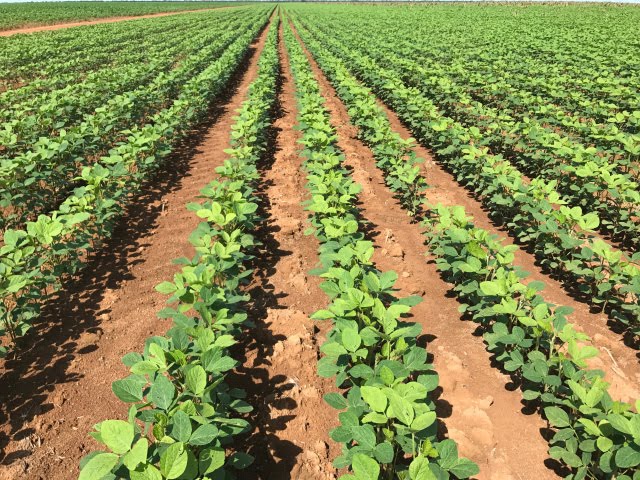This blog is a critical-geographic analysis of soy's production and consumption as a global commodity. Looking primarily at soy's production in Brazil and subsequent consumption in China, it brings a critical perspective to the omniscience of this cosmopolitan food. Divided into three main parts, this blog tackles stories of origin, production, and consumption. Worlds Apart takes a dive into the long history of soy's domestication and cultivation, and its journey from China to Brazil. Pork and Beans takes an in-depth look into soy's production in Brazil, noting the environmental-ethical concerns of soy production, and who in country actually owns the primary means of production. Lastly, Marketing Modernization brings soy back home to China, looking at the Chinese meat industry as a primary vehicle for the country's soy usage. Then there is In the News, which documents soy's present condition as it unfolds in the day-by-day.
But before we jump into these analyses, it helps to get a primer on the complex narrative of this bean. We can do this by asking three big questions:
What is soy?
A domesticated version of its ancestor Glycine soja, Glycine max, the modern soybean, is a legume native to China, though nowadays it is found everywhere--making it a truly cosmopolitan bean. Brought first to the U.S. in the eighteenth century, then to South America in the nineteenth, this Chinese bean has quick become one of the most-produced commodities in modern history, with the U.S. and Brazil being the biggest producers and exporters of the bean.
How is the Soybean Used?
As functional as it is widespread, soybeans are used as a part of, well, almost everything. From Henry Ford's soybean car to its place as a staple food in vegetarian and vegan diets, soy is as inescapable a part of present-day commodities. Its most significant usage, however, is that of an animal feed, with the bean being converted into a soybean meal for consumption by pigs, cows, and chickens. One of the most commonly-used forms of meal next to corn, when we eat these meats, in many ways we are eating soy ourselves.
Who Makes the Most? Who Uses the Most?
By and large, the U.S. and Brazil are the largest soybean producers in the world. Producing primarily for itself and for China, the U.S. takes the lead in terms of soybean production. However, trailing right behind it is Brazil, which, in light of recent trade wars between the U.S. and China, seems to be becoming the globe's largest soybean exporter. Then, in terms of imports, it is of course China that is at the top. Importing soybeans primarily as an animal feed, soy is a staple of the Chinese meat industry, and with meat becoming increasingly popular in the country, soybean importation is likely to follow suit.
